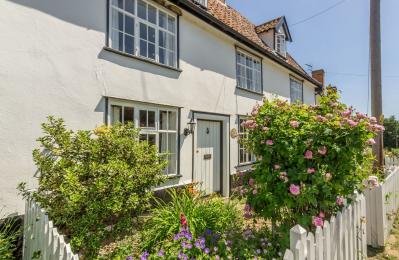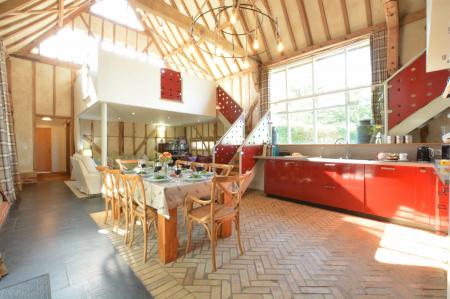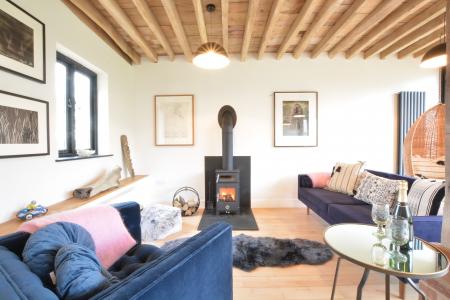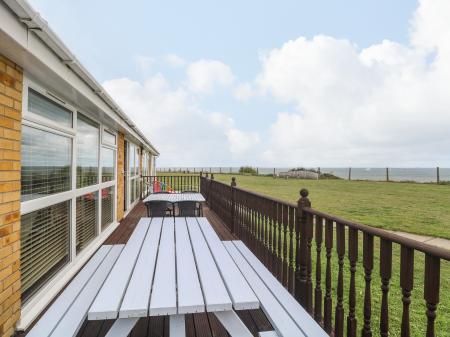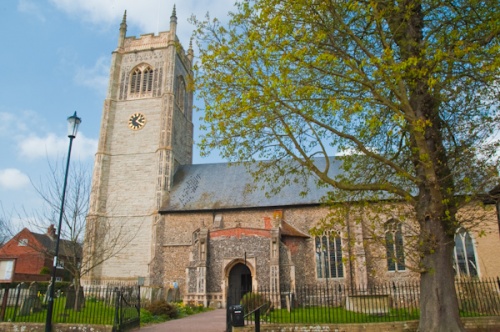
If the porch looks a bit out of proportion that is because it was designed to have an upper storey, which collapsed or was torn down before it did so.
There was a church here in Saxon times, but nothing of that building now remains. The town gained a market charter in the 13th century, and as a result, began to grow in size and importance. Eventually, a larger and more impressive church was needed. The Priory of Eye was granted the tithe for a rectory at Laxfield and we can surmise from the historical record that the current church was begun before 1375.
All Saints is a very large church, without aisles. The nave measures about 36 feet wide, one of the largest spans in East Anglia. The width of the nave necessitated an unusual bracing mechanism for the roof, with slim walls connected by scissor beams. The beams are supported by an arrangement of posts and hammerbeams, set on carved corbels.
At the end of the pew on your right as you enter the church is a pedestal poor box, dated 1664. On the back of the same pew is a shelf made to store loaves of bread handed out to the poor each Sunday after services.
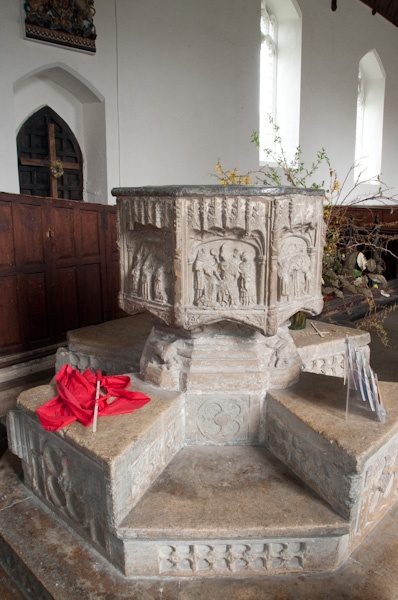
The Seven Sacrament Font
Perhaps the most interesting feature of the interior is a superb 15th century Seven Sacrament font, one of the finest in Suffolk. The carving is so wonderfully crisp and clear in places that it looks like the stonemason has just finished his work.
The font is set upon an unusual dais shaped like a Maltese Cross. From the easternmost panel (with your back to the chancel) the panels represent, in clockwise order, marriage, baptism, confirmation, ordination, mass, penitence, and unction. The eighth panel depicts the baptism of Christ.
In the nave are some very fine 17th century benches with poppyhead carved ends, carved by John Parcor and his son. There are also a set of 18th-century box pews incorporating bits and pieces of earlier benches, with 15th-century poppyheads and 16th-century panelling.
There are further wonderful examples of carving in the 15th-century rood screen and a very nice Jacobean pulpit. Almost lost amid all this attractive woodwork is a royal coat of arms to Queen Anne over the north door.
Under the coat of arms is a sizeable wooden chest, thought to be 15th century, and used for storing documents. Beside the chest is a metal safe, known as a 'Wellington', as it was made from French cannon melted down after the Battle of Waterloo in 1815.
The 17th-century pulpit may be a cut-down version of a triple-decker original. Note the reading desk nearby; it has a wooden top with carved supports in the shape of rather buxom ladies. These carvings are traditionally thought to have been done by sailors returned from voyages to the South Seas, and represent the women they saw there.
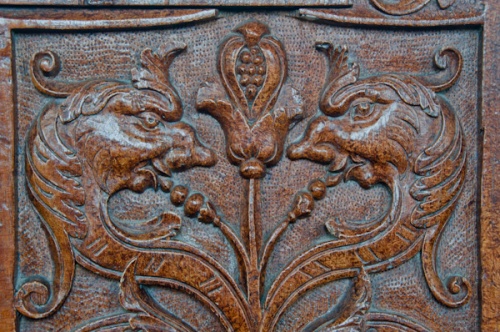
Under a carpet in the nave are over 20 memorial slabs. Among them are those of William Dowsing (d. 1614) and Sybille Dowsing (d. 1675), probably relations of the notorious William Dowsing who did so much to destroy medieval art and imagery in Anglian churches during the 1640s.
If you make a habit of visiting churches in Suffolk you'll notice that the 15th-century tower is unusual in that it is almost entirely built of dressed stone, with very little flint infill. The tower rises in 4 stages, braced by polygonal buttresses, to a pinnacled top. Stone for the tower had to brought from Barnack in Northamptonshire, by river as far as King's Lynn, by ship to Blythburgh, then hauled by cart over rough roads to Laxfield.
It was an ambitious undertaking by any measure and one that speaks to the wealth of the Suffolk wool trade at that time. It is likely that Eye Priory influenced local families like the Wingfields to contribute to the costs, whose arms can be seen on the tower.
All Saints is a delightful building, made all the more interesting by its setting beside other interesting old buildings. There's a lot to like about Laxfield, and the church is one of the historic highlights.
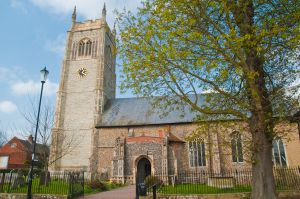
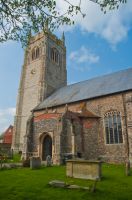
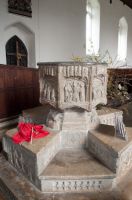
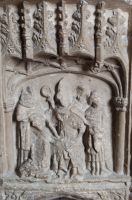
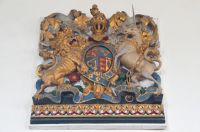
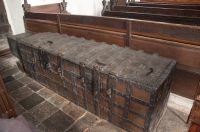
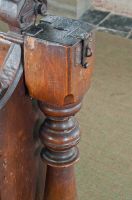
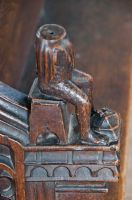
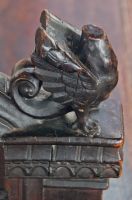
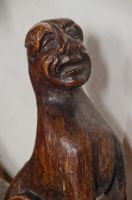
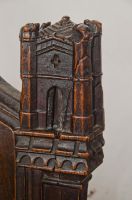
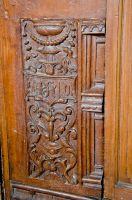
 We've 'tagged' this attraction information to help you find related historic attractions and learn more about major time periods mentioned.
We've 'tagged' this attraction information to help you find related historic attractions and learn more about major time periods mentioned.